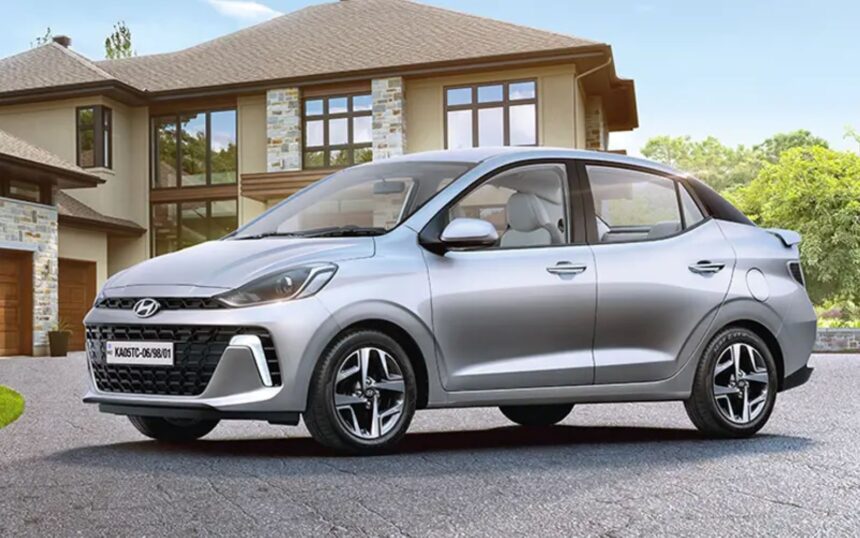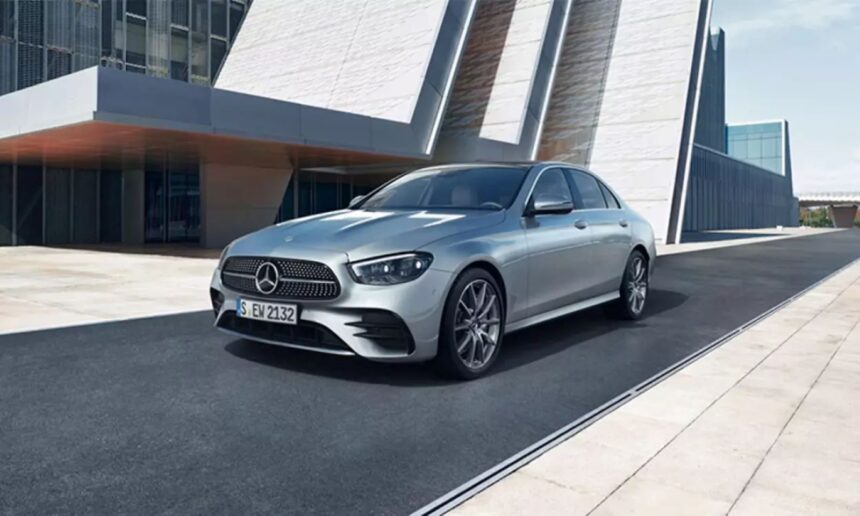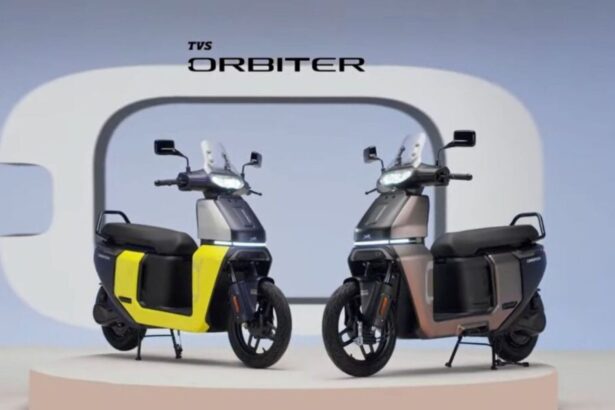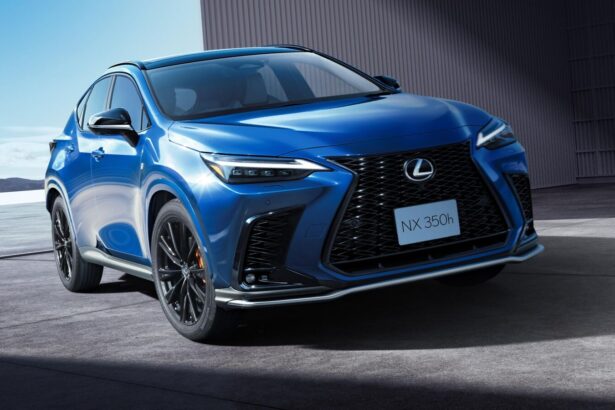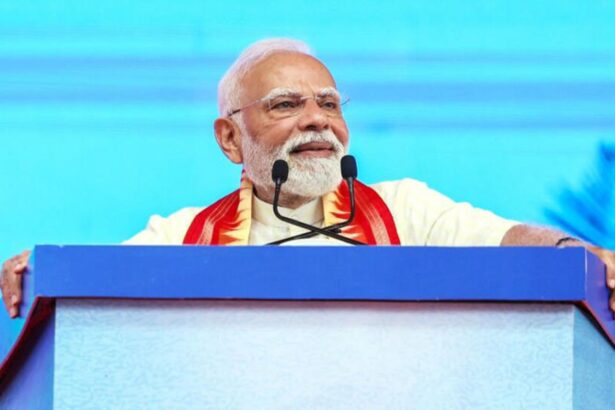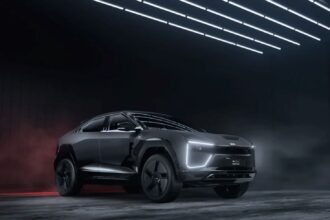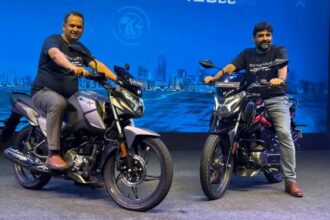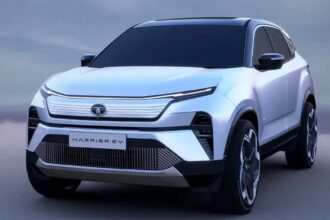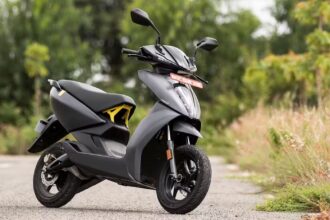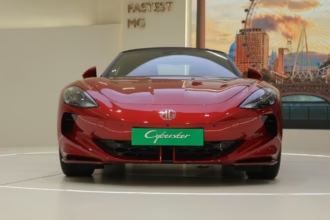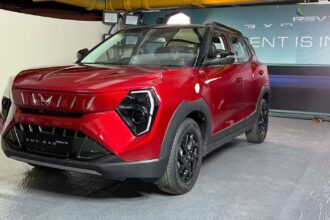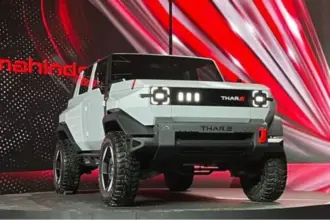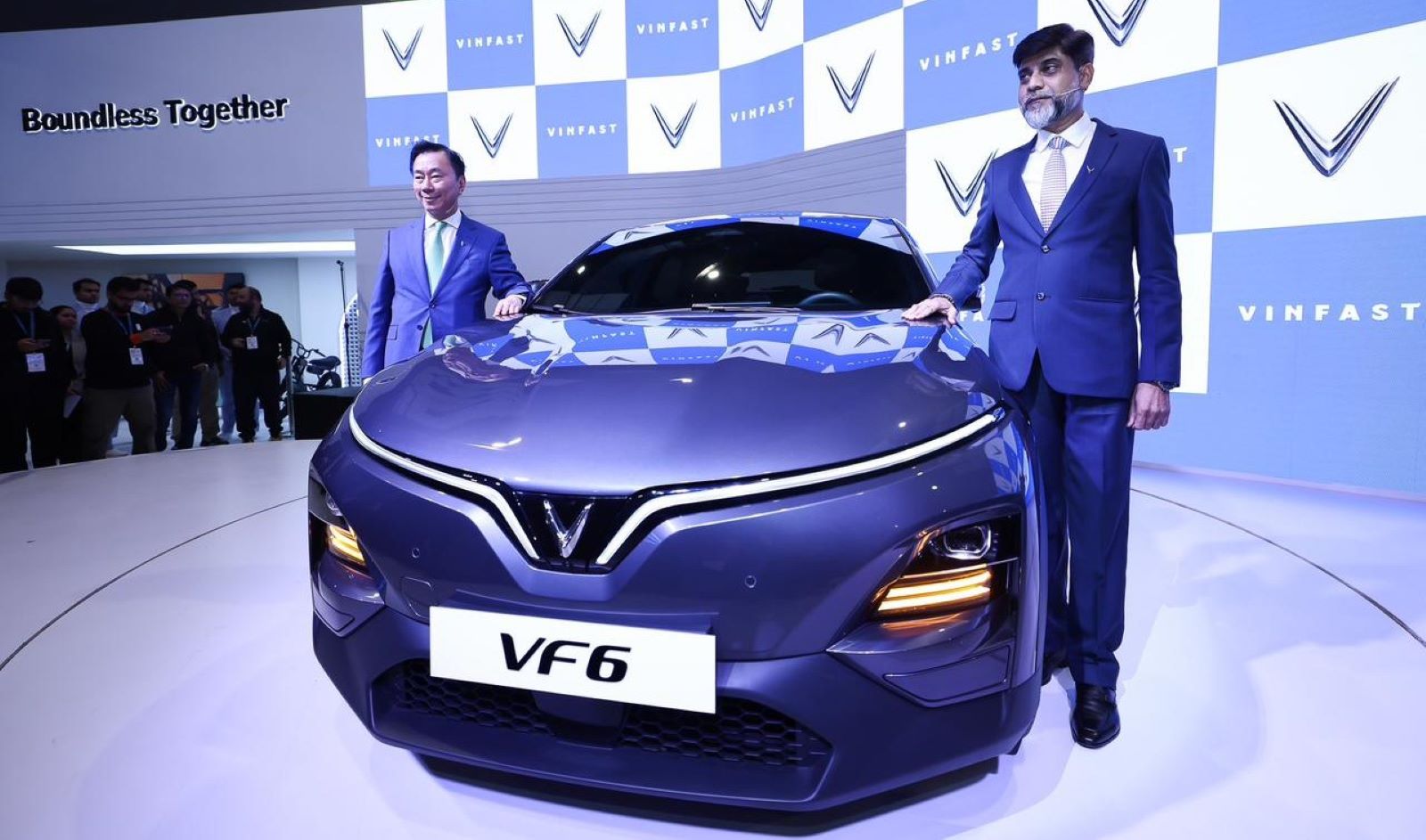Mahindra Expands BE6 Batman Edition Production to 999 Units
Mahindra boosts BE6 Batman Edition electric SUV production from 300 to 999…
Hero Glamour X 125 Gets New Colour Options
The new Hero Glamour X 125 is now available in five colours.…
Tata.ev’s Report Reveals EV Surge in India, Driven by Charging Infrastructure Growth
A new report by Tata.ev shows a significant increase in EV adoption…
Tesla Launches First Supercharger Station in Mumbai from August 4
Tesla opens its first electric vehicle Supercharger station in India, located in…
VinFast Enters India with USD 500 Million EV Factory in Tamil Nadu for Domestic Sales and Exports
Vietnamese EV maker VinFast begins its India journey with a $500 million…
Honda CB125 Hornet Launches in India at Rs. 1.12 Lakh
Honda introduces the new CB125 Hornet in India's sporty 125cc motorcycle segment.…
Ather 450S Launched With 3.7 kWh Battery Pack at Rs. 1.46 Lakh; Offers 156 km Range
Ather Energy launches a new 450S variant with a 3.7 kWh battery,…
MG Cyberster Electric Sports Car Arrives in India for Rs 74.99 Lakh
MG launches the Cyberster electric sports car in India at an ex-showroom…
First MG Select Dealership Opens In Delhi
JSW MG Motor India opens its first MG Select luxury dealership in…
Audi India Unveils New Dash Cam to Boost Vehicle Security
Audi India introduces its Dash Cam at INR 68,000, offering QHD resolution,…
Mahindra XUV 3XO REVX Launched, Prices Start at Rs 8.94 Lakh
Mahindra launches new XUV 3XO REVX variants starting at Rs 8.94 lakh,…
Škoda Auto Volkswagen to Take Over Bentley Sales in India
In a notable shift for India’s luxury auto scene, Škoda Auto Volkswagen…
Mahindra Teases Vision.T Ahead of August 15 Debut: What It Could Be
Mahindra has teased its Vision.T concept ahead of its August 15 unveiling,…
India’s Electric Leap: Can the Nation Lead in EV Technology and Manufacturing?
India is making strides in EV technology and manufacturing with government support…
Mahindra’s New Flexible Architecture: Powering the Thar EV and Future Mobility
Mahindra & Mahindra, one of India's leading automotive manufacturers, is preparing to…

